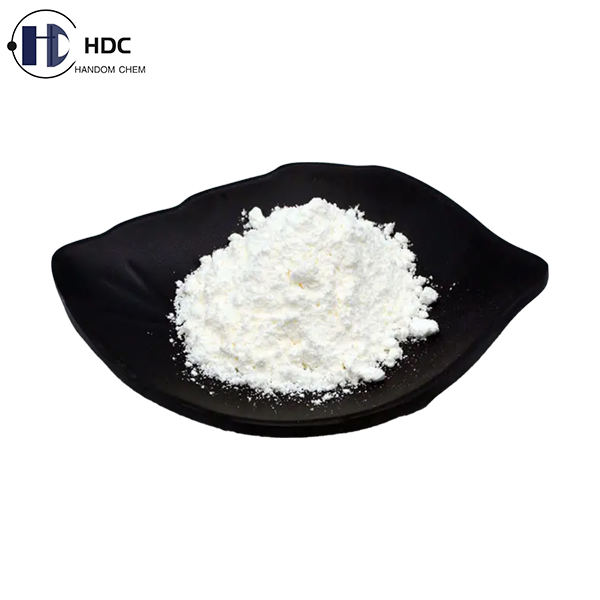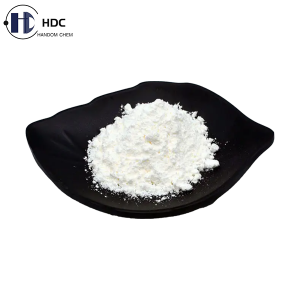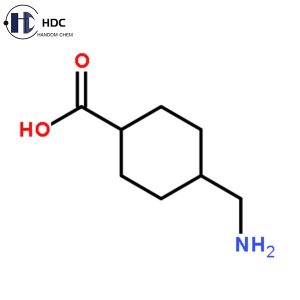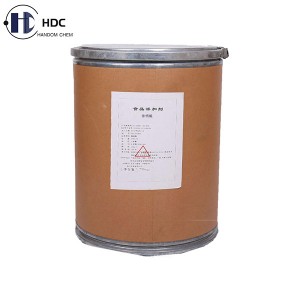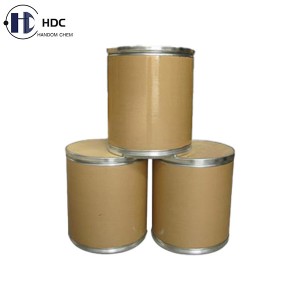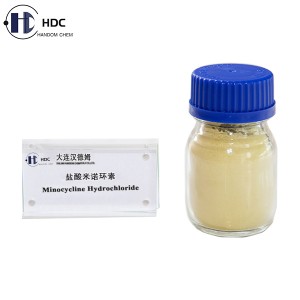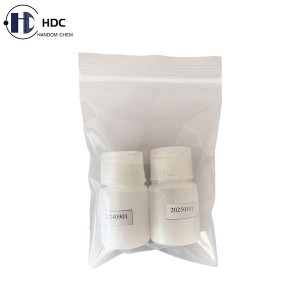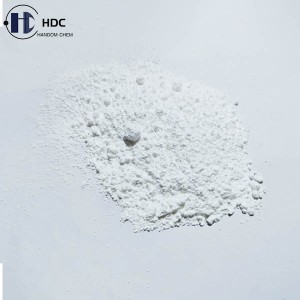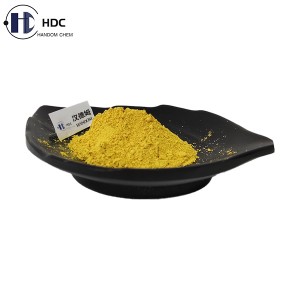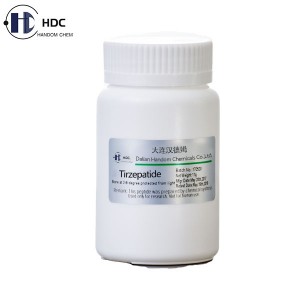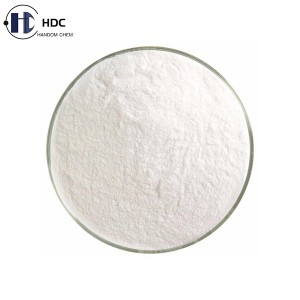Tranexamic Acid
Brief Introduction:
Tranexamic acid, the abbreviation is TXA or trans AMCHA, the CAS number is: 1197-18-8, has a chemical name of trans-4-(aminomethyl)cyclohexanecarboxylic acid.
It is an organic compound with a chemical formula of C8H15NO2, and is mainly used as a hemostatic drug.
Solubility:
This product is easily soluble in water and almost insoluble in ethanol, acetone, chloroform or ether.
Specifications of our Tranexamic Acid(TXA):
| Test Items | Specifications |
| Appearance | White crystalline powder |
| Identification | The infrared absorption spectrum is consistent with the reference spectrum of tranexamic acid |
| Solubility | Easily soluble in water and glacial acetic acid, insoluble in acetone and alcohol |
| pH Value | 7.0 ~ 8.0 |
| Chloride | Not more than 140 ppm |
| Sulphated Ash | Not more than 0.1% |
| Heavy Metals | Not more than 10 ppm |
| Loss on Drying | Not more than 0.5% |
| Related Substances | Impurity A: Not more than 0.1% |
| Impurity B: Not more than 0.2% | |
| Other impurities: Not more than 0.1% | |
| Total impurities other than A and B: Not more than 0.2% | |
| Content | 99.0% ~ 101.0% |
Standard:
Conforms to BP2017.
Specific Effects of Tranexamic Acid:
1. Used for traumatic or surgical bleeding, such as bleeding in organs rich in plasminogen activators such as the lungs, brain, liver, uterus, adrenal glands, thyroid glands, prostate glands, and urethra.
2. Used as an antagonist of urokinase, such as tissue plasmin and activator streptokinase.
3. Treating fibrinolytic bleeding caused by artificial abortion, stillbirth, and amniotic fluid embolism.
4. Severe epistaxis, menorrhagia due to local increased fibrinolysis, or active bleeding in hemophilia patients.
5. Treating hereditary angioedema, which can reduce the number of attacks, or mild bleeding caused by rupture of central aneurysms, such as subarachnoid hemorrhage and intracranial aneurysm bleeding.
Packaging:
1kg/Aluminum Foil Bag, 5kg/Carton, 10kg/Carton, 25kg/Fibre Drum or according to the specific requirements from customers.
Storage Conditions:
Preserved in unopened original containers in a cool dry place before using; kept away from direct sunlight, heat and moisture.
Shelf Life:
24 months if stored under above mentioned conditions.


